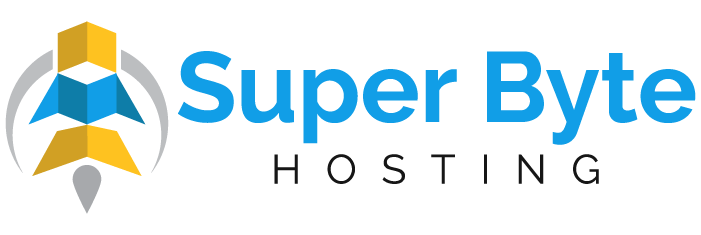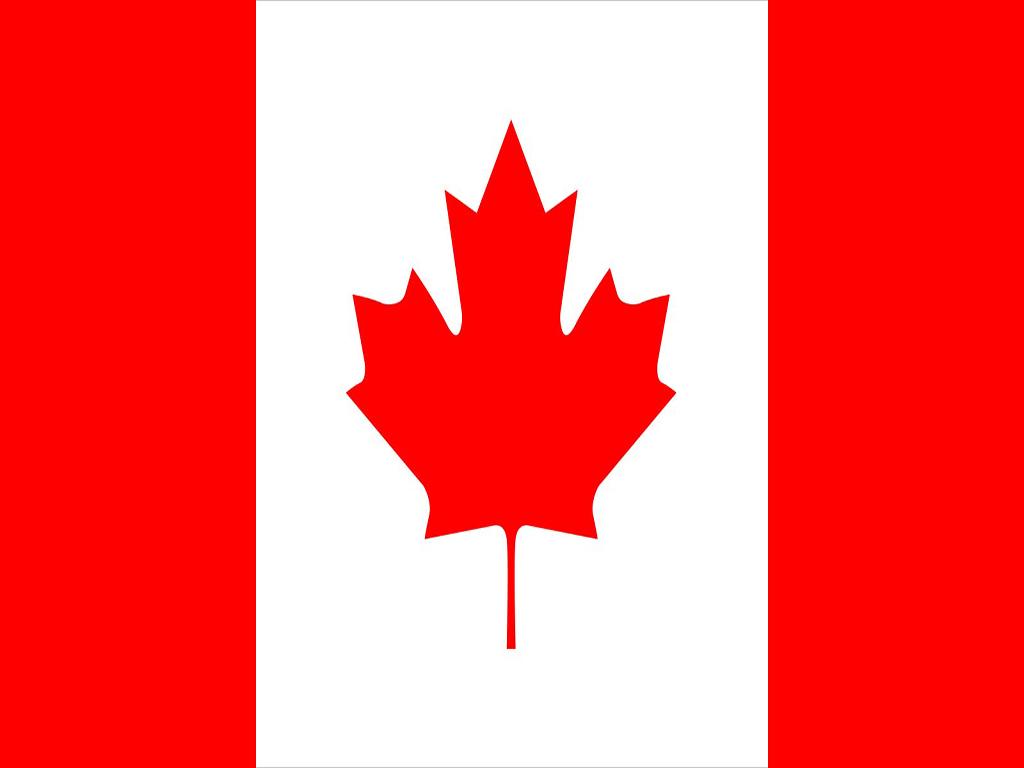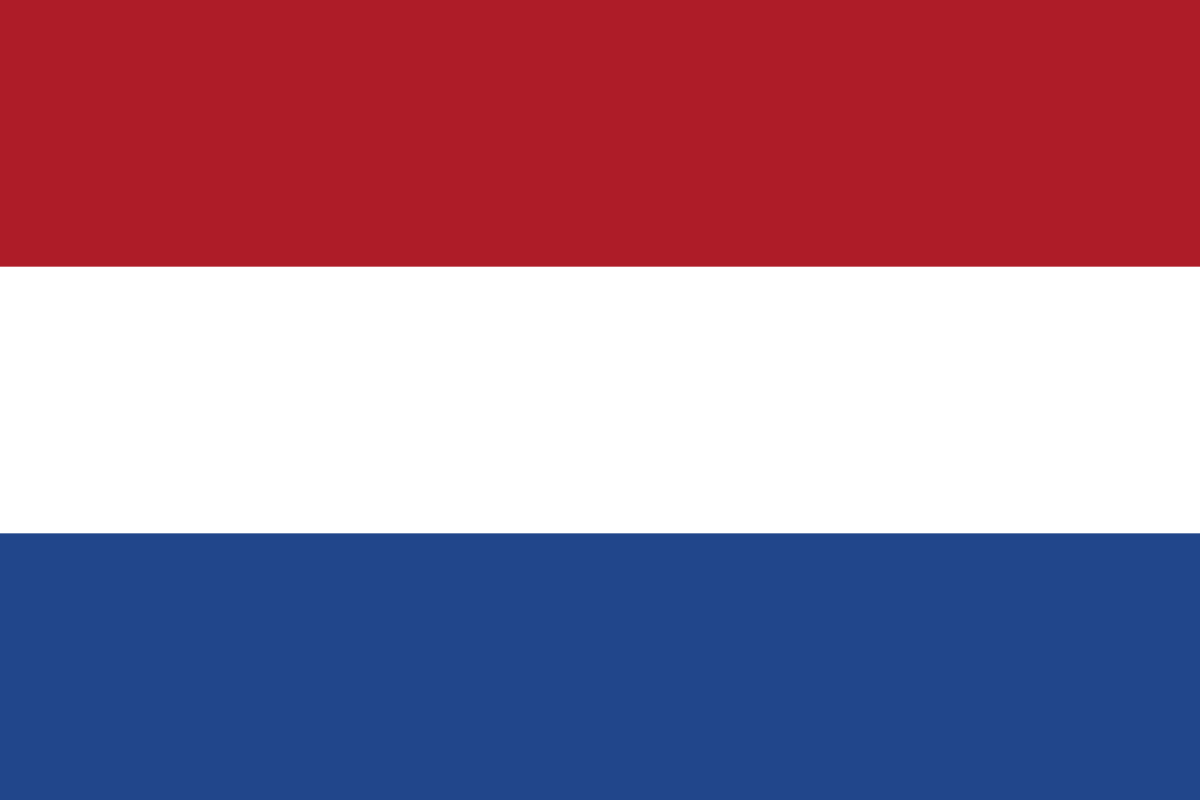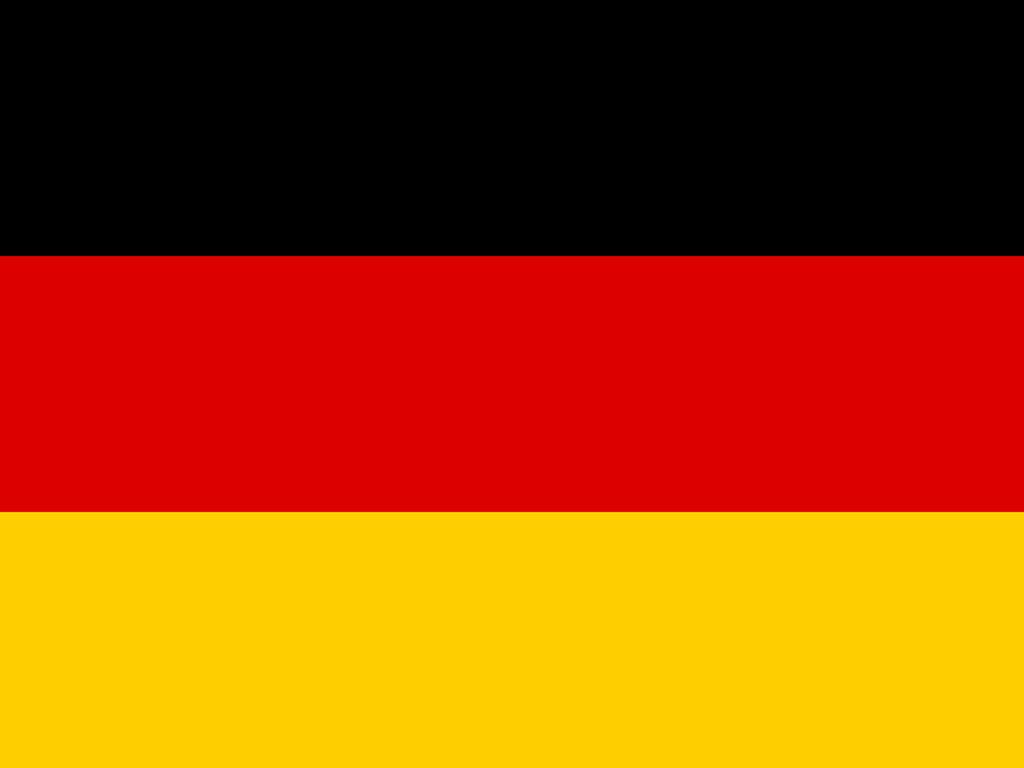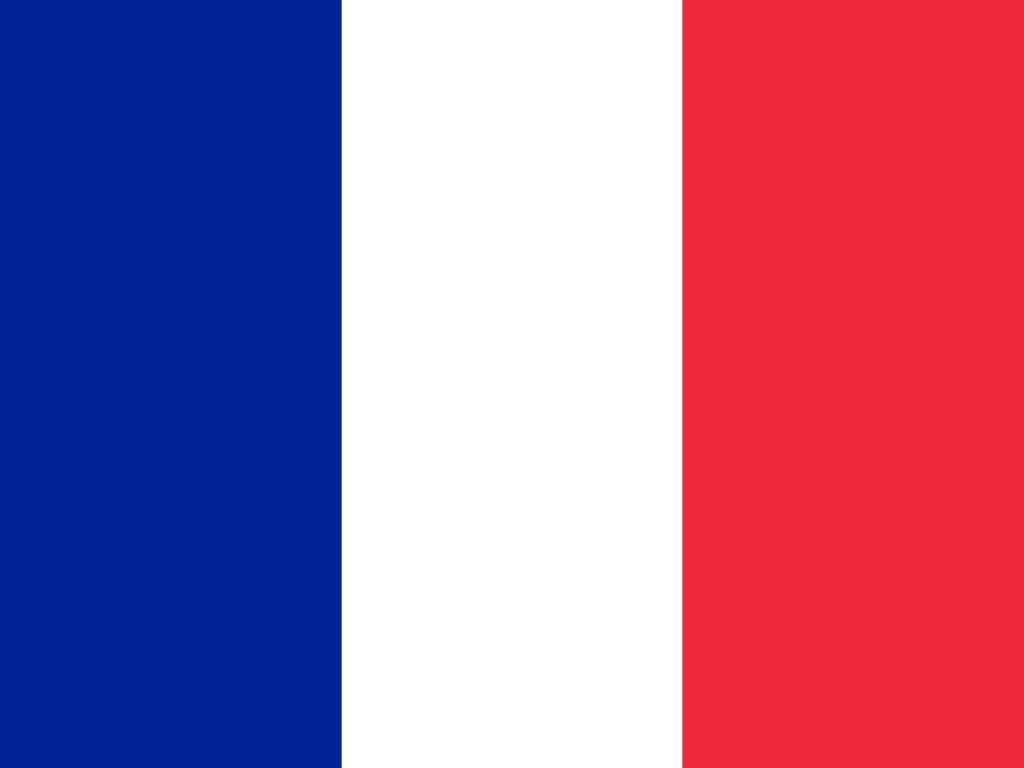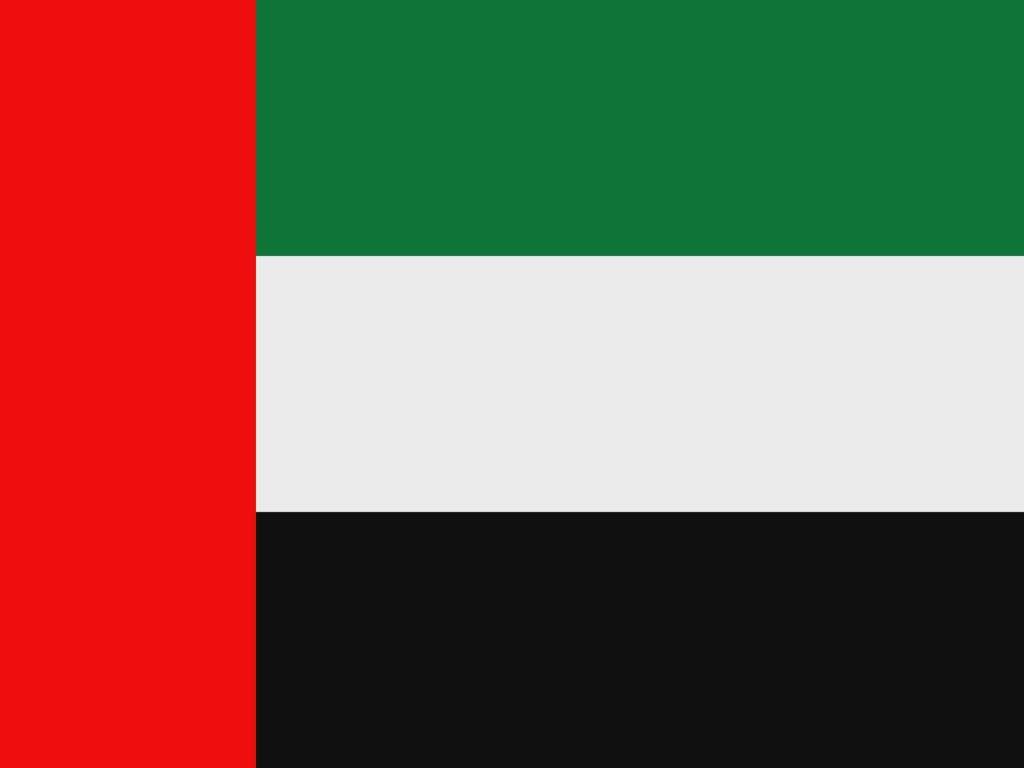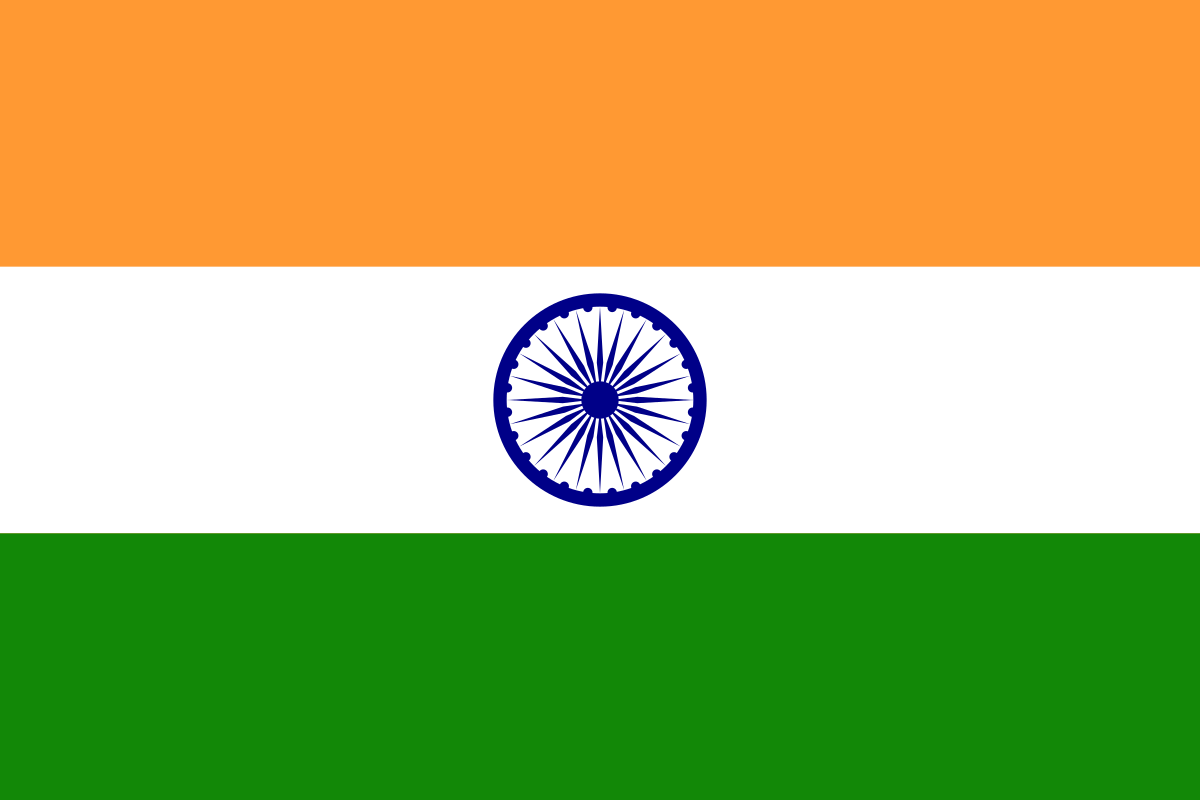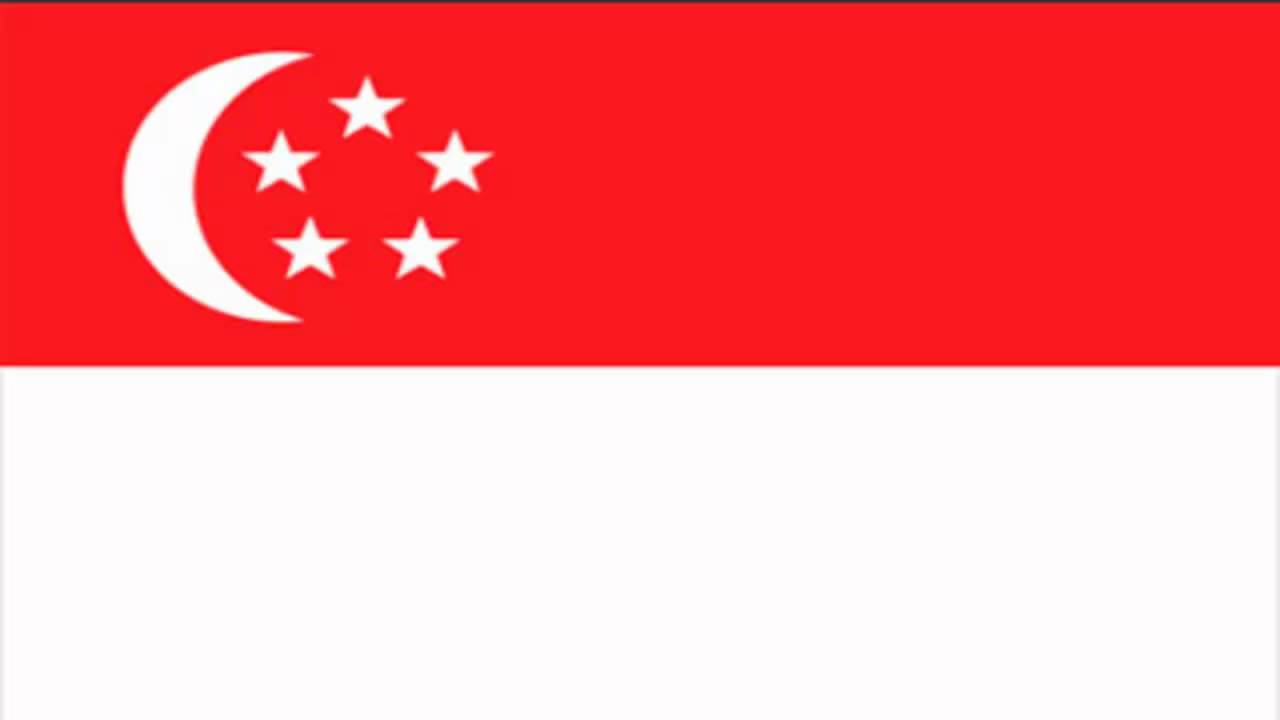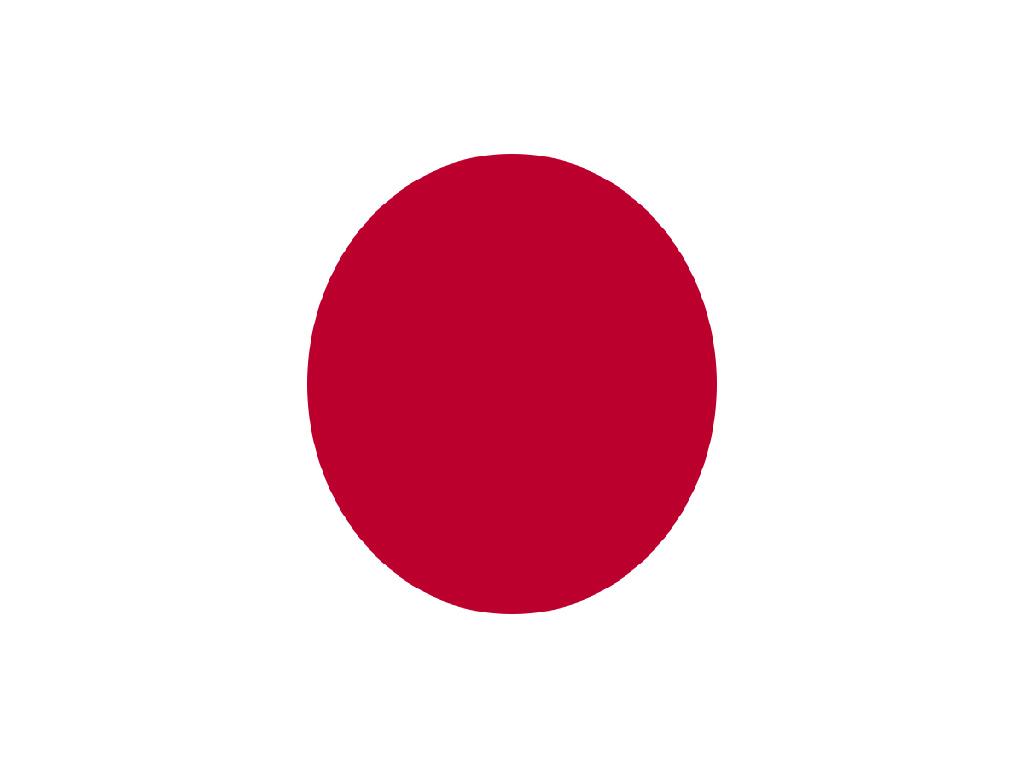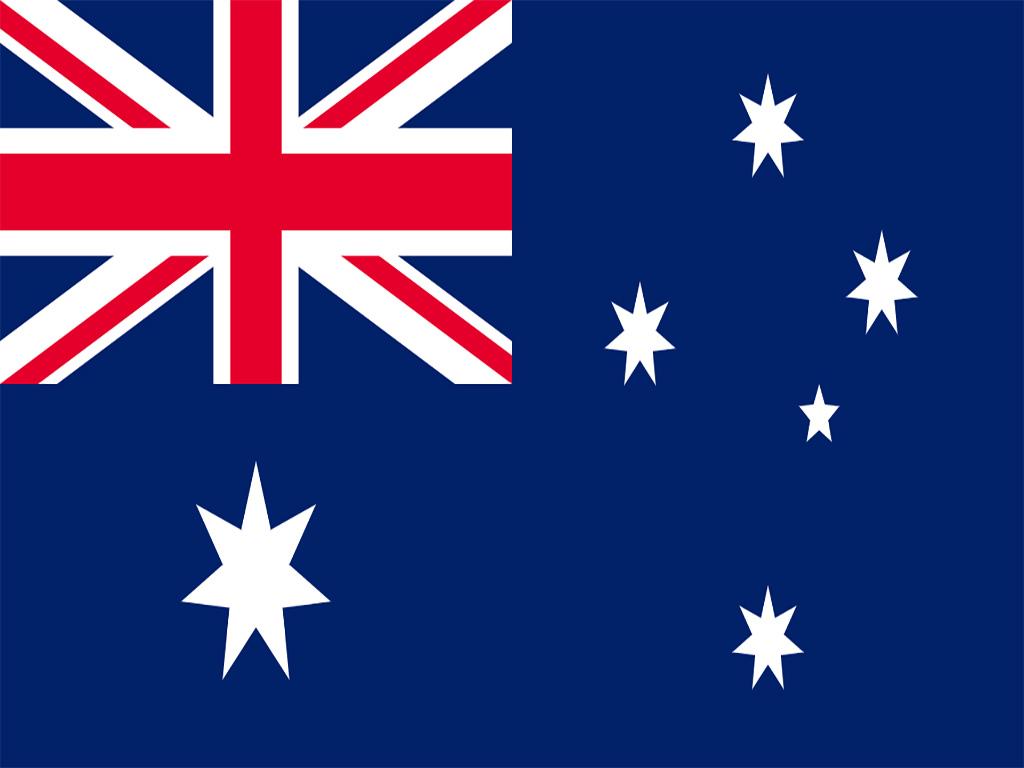Expert Advice For Selecting The Perfect Domain Name In 2023
In today’s digital world, a domain name is a crucial element for any website. It serves as the online address that helps visitors to find and identify your website. A domain name should be easy to remember, unique, and relevant to your business. Choosing the right domain name can have a significant impact on your website’s visibility, credibility, and success. With so many options available, selecting the perfect domain name for your website can be a daunting task.
To help you choose the best domain name, we have compiled expert advice from top sources in the industry. In this article, we will discuss the key factors to consider while selecting a domain name, such as domain extensions, length, and keywords. We will also provide tips on brainstorming domain name ideas, checking for availability, and selecting a reputable domain registrar.
How To Choose The Best Domain Name?
Whether you are starting a new website or looking to rebrand an existing one, this article will help you navigate the process of selecting the perfect domain name in 2023. We have gathered insights from the best web hosting service provider in Canada to ensure that you make an informed decision. So, let’s dive in and learn how to choose the best domain name for your website.
Key Factors to Consider When Choosing A Domain Name
When choosing a domain name for your website, there are several key factors that you should consider to ensure that it’s the right fit for your brand or business. Here are some of the most important factors to keep in mind:
- Relevance to your brand or business: Your domain name should accurately reflect your brand or business name, as well as your products or services. This can help to build brand recognition and establish credibility with your audience.
- Simplicity and memorability: A domain name that is short, simple, and easy to remember is more likely to be typed into a browser or shared by word-of-mouth. Avoid using numbers, hyphens, or unusual spellings that may confuse or frustrate potential visitors.
- Length and ease of spelling: A shorter domain name is typically better, as it is easier to remember and less prone to typos. Additionally, choosing a name that is easy to spell can help ensure that visitors can find your site even if they don’t have the exact URL.
- Avoiding copyright infringement and legal issues: Before choosing a domain name, make sure to research any trademarks or copyrights that may be associated with it. This can help you avoid any legal issues down the line and ensure that your domain name is unique to your brand or business.
- Future-proofing your domain name: When choosing a domain name, it’s important to consider how it will hold up over time. Avoid using trendy phrases or cultural references that may become dated and choose a name that will remain relevant and recognizable for years to come.
By keeping these factors in mind, you can select a domain name that is the right fit for your brand or business and help ensure the success of your website.
Strategies For Brainstorming And Narrowing Down Options
Brainstorming and narrowing down options for domain names can be a daunting task, but there are several strategies to make the process easier.
- Utilizing domain name generators: One effective strategy is to use domain name generators to generate a list of potential names based on keywords and other criteria. These tools can save time and offer creative suggestions that you may not have considered.
- Keyword research and incorporating SEO into your domain name: Another approach is to perform keyword research and incorporate SEO into your domain name. This involves choosing a domain name that includes relevant keywords and phrases that potential customers might use when searching for your products or services.
- Soliciting feedback from others: It can also be helpful to solicit feedback from others, such as friends, family, or colleagues. They may offer unique perspectives and insights that you had not considered. You can also use social media platforms or online forums to ask for feedback from a wider audience.
- Narrowing down options and making a final decision: Once you have generated a list of potential domain names, it is important to narrow down your options and make a final decision. Consider factors such as relevance to your brand, simplicity and memorability, length, and ease of spelling, avoiding copyright infringement and legal issues, and future-proofing your domain name. It can also be helpful to conduct a trademark search to ensure that your chosen name does not infringe on existing trademarks.
Overall, brainstorming and choosing the perfect domain name requires careful consideration and research. By utilizing tools such as domain name generators, performing keyword research, soliciting feedback, and considering important factors, you can select a domain name that accurately reflects your brand and resonates with your target audience.
Tips for Registering And Maintaining Your Domain Name
When registering and maintaining your domain name, there are several key tips to keep in mind to ensure its security and longevity. These include:
- Choose a reliable registrar: Look for a registrar with a good reputation and a track record of providing quality service. Make sure they are accredited by ICANN, the organization responsible for managing domain names.
- Secure your domain name from potential threats: Protect your domain name from hackers, spammers, and other threats by enabling domain privacy and adding security features like two-factor authentication and SSL certificates.
- Renew your domain name on time: Ensure your domain name remains active by renewing it before it expires. Some registrars offer automatic renewals to avoid any lapse in service.
- Keep your contact information up to date: Make sure your contact information is accurate and up-to-date with your registrar to receive important notifications regarding your domain name, such as renewal reminders and expiration dates.
- Monitor your domain name regularly: Check your domain name periodically to ensure it is functioning properly and that there are no unauthorized changes to your account or website.
- Consider registering multiple domain extensions: Protect your brand by registering multiple domain extensions, such as .com, .ca, and .net, to prevent others from using a similar domain name and potentially damaging your reputation.
By following these tips, you can ensure that your domain name is registered and maintained properly, protecting your brand and online presence for years to come. When choosing the best web hosting service provider in Canada, make sure to also consider their domain name registration and management services.
Selecting And Maintaining Your Domain Names
Selecting the perfect domain name in 2023 can be a daunting task, but with the right guidance and resources, it can be a seamless process. First and foremost, it is crucial to choose a domain name that reflects your brand and is memorable for your target audience. It’s also essential to consider the length, spelling, and pronunciation of your domain name to ensure it’s easy to remember and type. Additionally, choosing a domain extension that aligns with your brand’s industry can add credibility to your website.
It’s important to research and choose a reliable registrar that offers excellent customer service and reliable hosting options. The companies for the best web hosting in Canada also offer domain registration as well as web hosting services, making it convenient for website owners to manage their websites and domain names in one place. Securing your domain name from potential threats by enabling domain privacy protection and regularly monitoring your domain name’s security is crucial to avoid cyber-attacks and maintain your brand’s integrity.
Lastly, renewing and managing your domain name over time is crucial to avoid losing your domain name and the website’s authority you’ve built. Setting up automatic renewal and updating your contact information regularly can help avoid potential issues with your domain name.
Few Final Words
Selecting the perfect domain name requires careful consideration, research, and planning. By following the expert advice shared in this article and using reputable resources, website owners can select a domain name that resonates with their brand, stands out to their target audience, and builds their online presence. Remember to renew and manage your domain name over time to maintain your website’s credibility and authority. For this work, you can also opt for the providers of the best web hosting in Canada.
